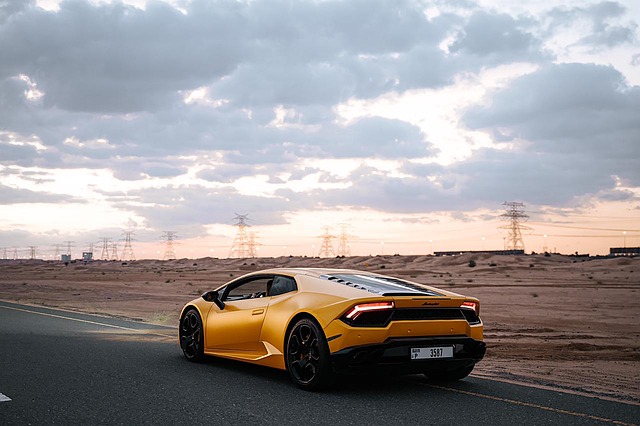End of the financial year
June, the end of the financial year for Australia, is usually the best time of the year to buy a car. This is when manufacturers and dealerships generally are slashing prices, offering lower financing, or free services for vehicles, to maximise yearly profits and reach their EOFY targets.
This can be a good time to buy your car at a discount, receive a bonus like an extended warranty, roadside assistance or free accessories such as floor mats, alloy wheels and window tinting. It also works well for business buyers to gain a tax advantage.
Note that dealerships know that June is when the majority of customers are looking to upgrade their car. Therefore, the deal you get may not be as beneficial as during other sales times of the year for that specific dealership.
Keep in mind that some makers, such as Japanese car manufacturers, have a different end of the financial year in March. So, depending on which brand you are planning to buy, ensue you research their specific EOFY period.
End of the calendar year
December could also be a great time to buy your car. Dealers are more motivated to sell their cars because they will soon become last year’s models. A car with the previous year’s build plate is usually harder to shift into the New Year, so you can look forward to various incentives from dealers to sell in December, such as additional equipment and even cash bonuses.
European, Japanese and South Korean models spend about two to three months on a ship to make their way to Australia. This means that the car you buy in December may have rolled off the production line in August or September.
The new year
The new year could also have clearance sales of the previous year’s cars at discounted prices. January is a carry-over month of the previous year’s cars for dealers, who are motivated to sell them at discounted rates before February-March when these cars become less appealing to buyers.
It’s good to be aware that every car in Australia carries a build plate and a compliance plate, each of which is located in the engine bay. The build plate has the unique vehicle identification number (VIN) and the engine, transmission and paint codes, along with the date of manufacture, which is usually the month and year. The compliance plate confirms the VIN and has the month and year the vehicle was certified as compliant with the Australian Design Rules (ADR) and approved for sale.
In the case of vehicles that have been imported into Australia and have travel times on ships, the date of compliance will be different from the date of manufacture. For example, if you purchased and registered your new car in March 2021, it will show 2021 on the compliance plate, but the build plate will list the date of manufacture as November 2020. The build plate date counts to show the model year of the car, which in this case is 2020.
Do bear in mind that it’s always a good idea to clarify the build date of the car you intend to buy. In extreme cases of slow-moving models, what looks like a 2020 model could well be a 2018 one, as it has been lying around unsold at the dealer or distributor.
The end of the month
Dealers often have end of month sales targets to achieve, or perhaps a certain volume of sales at the end of the month, to receive a bonus from the manufacturer. This makes end of the month deals an option to consider when buying your new car. It is possible to get good end of the month discounts from dealers looking to achieve a significant manufacturer bonus, making the end of the month another best time to buy a car.
Model run-out
New models of cars will run out of their sheen and demand after a couple of years, as and when new models arrive. These cars are perfectly good and also great to negotiate a good price with the dealer. It’s good to know how long a model has been on sale or how soon a new or updated version is likely to arrive. This can put you in an excellent position to negotiate.
For example, if a car has been around for three or four years, it is likely to be due for an update. Similarly, if a vehicle has been around for over seven years, a new model is expected to be on the way. Both these scenarios make a good basis to bargain on the price of model run-out cars.

